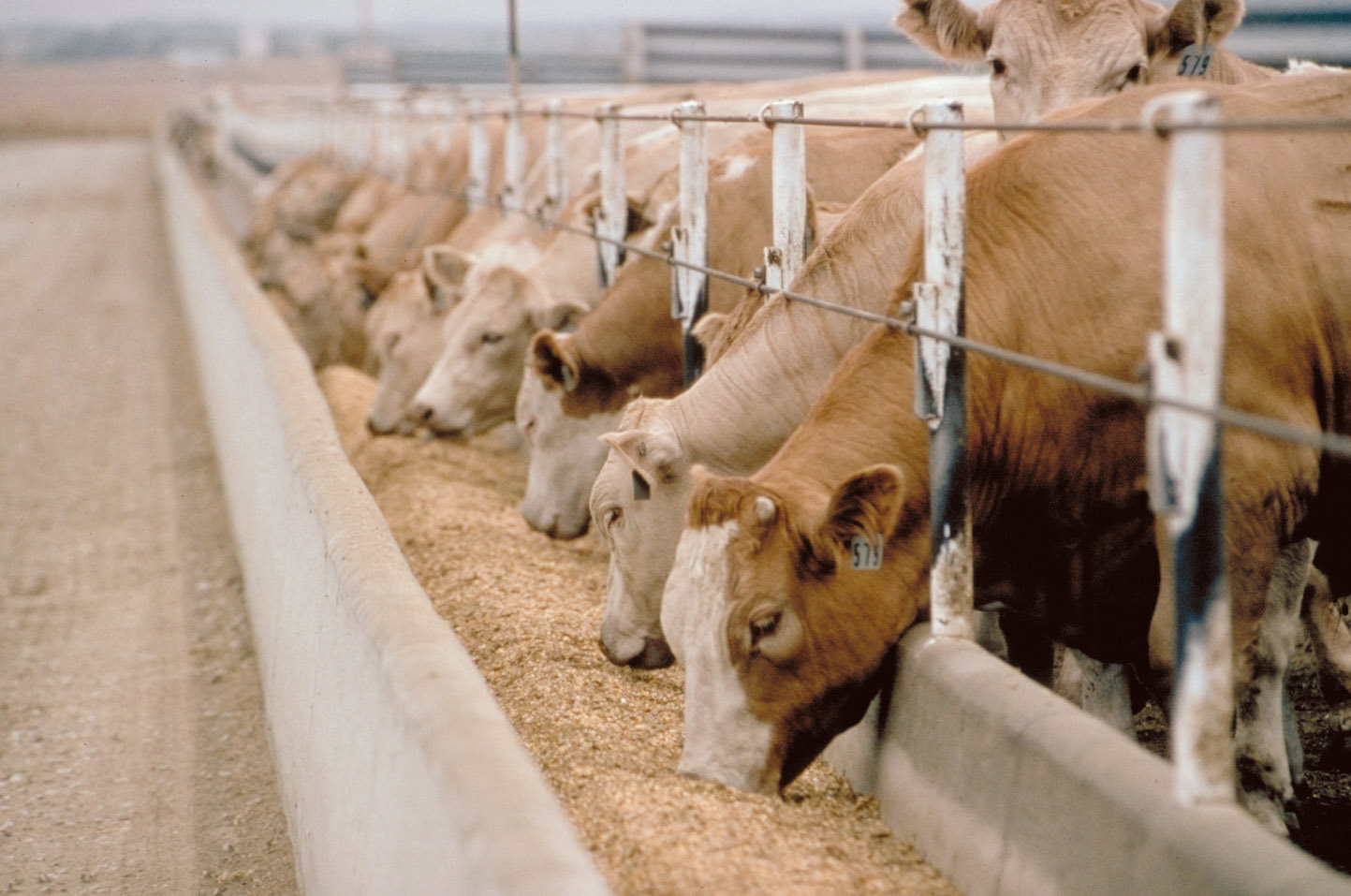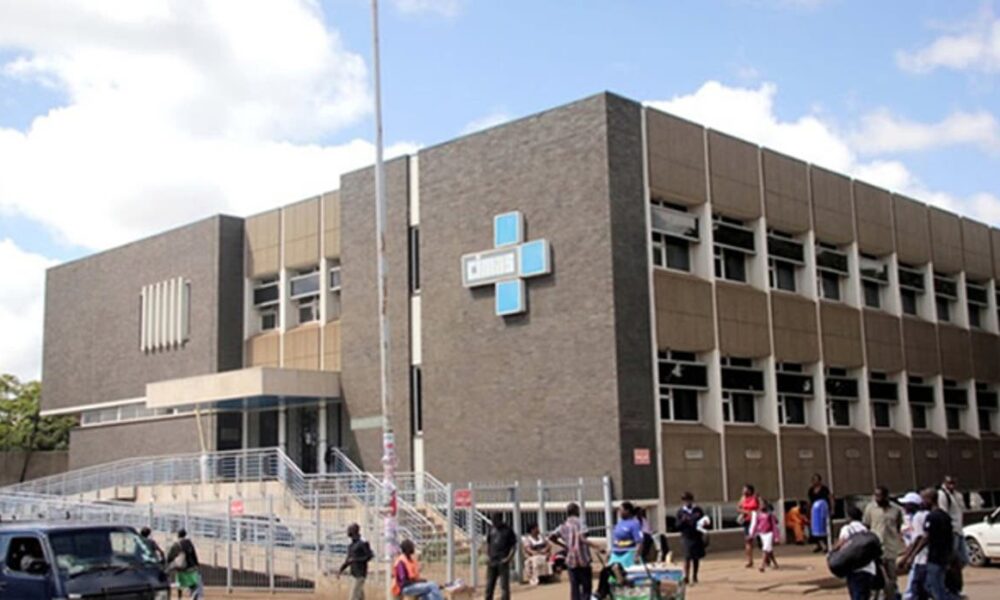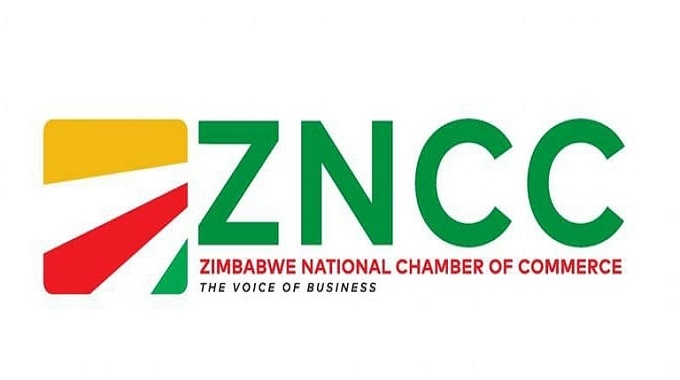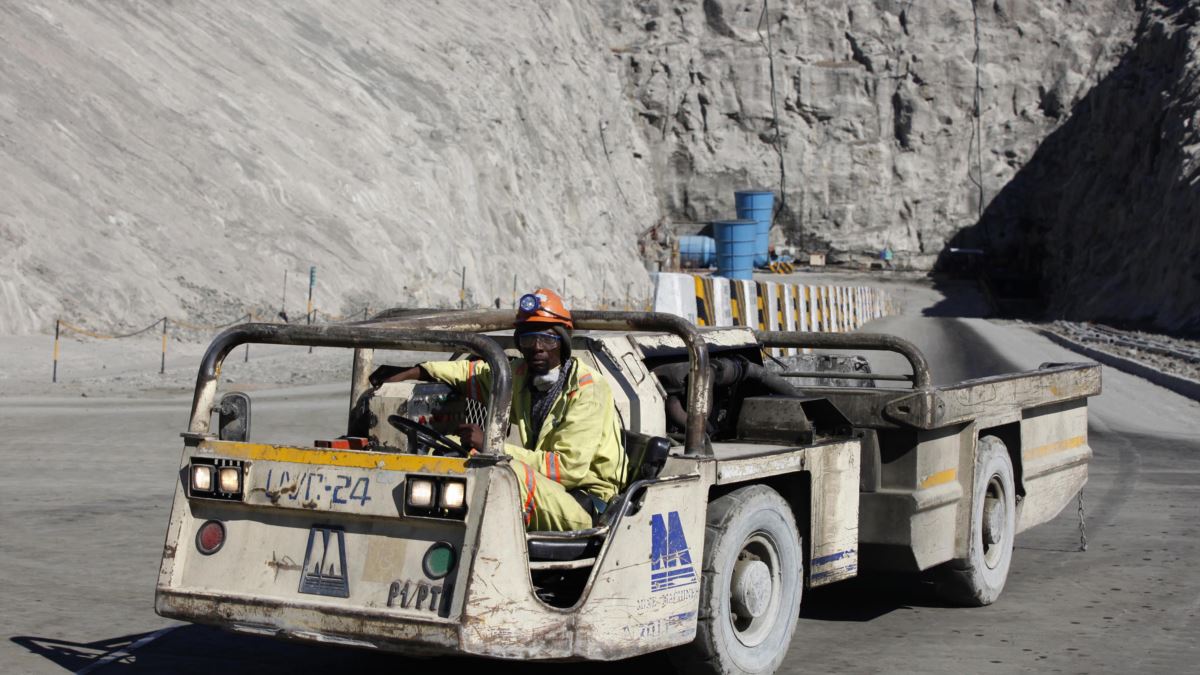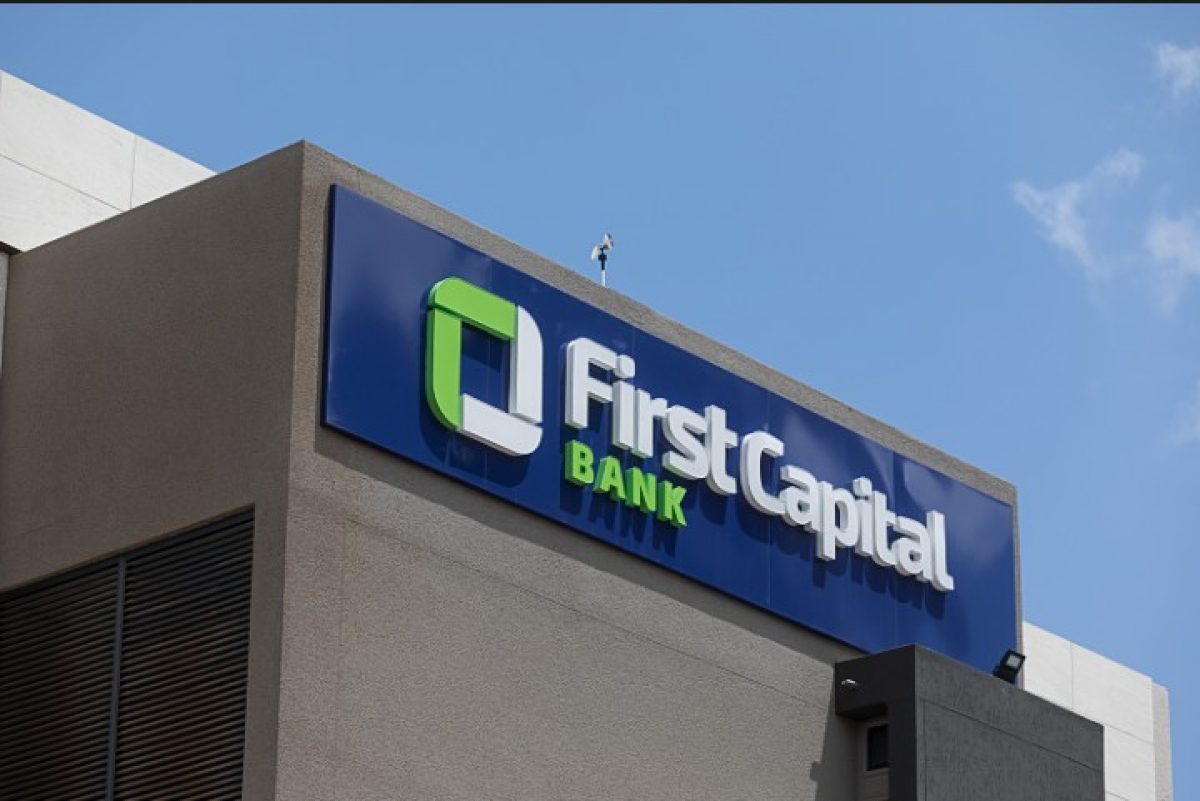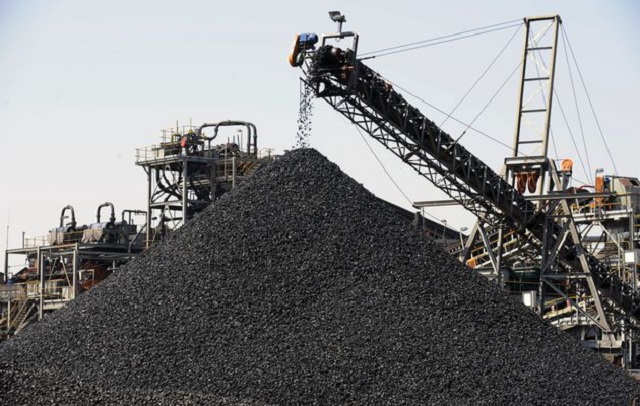Hwange engages Chinese firm to rebuild coke battery
Hwange Colliery Company Limited has contracted a Chinese company to rebuild its coke oven battery, which was decommissioned in 2014 due to high operational costs.
The refurbishment of Hwange Colliery Company Ltd’s coke oven battery, which is estimated to cost around US$10 million, is already underway. The company aims to broaden its revenue streams through coke sales.
Concerns have however, been raised about the wisdom of investing large amounts of money on rebuilding an old asset.
“The contractor is already on-site undertaking the works,” a source said, requesting anonymity due to protocol issues.
“In fact, a deposit has already been paid to secure their services,” the source added.
However, considering the cost of refurbishment, some independent experts believe constructing entirely new ovens would have been a more economical option for Hwange, potentially at a lower cost.
“Refurbishing aging infrastructure can be expensive, and in this case, a new battery might have offered a better long-term return on investment,” said a coal industry expert who wished to remain anonymous.
Hwange, which is partly owned by the Government, is currently under reconstruction.
In 2014, Hwange Colliery abandoned plans to rebuild its coke oven battery, two years after it floated a tender inviting bidders because the facility had outlived its lifespan and became too expensive to run.
The company said it was looking to replace the old coke ovens with new mills.
“We have abandoned the idea because it makes more sense and cheaper to come up with a new Chinese-type battery,” Hwange said.
The coke oven battery, a massive collection of individual mills arranged in a row, plays a vital role in steel production. Within these ovens, coking coal, a specific type of coal extracted from underground mines, undergoes a high-temperature heating process in the absence of air.
This process, called coking, transforms the coal into coke.
The global demand for coke has been sluggish due to oversupply and little appetite from China, the largest consumer of coke.
This has resulted in many coal mining companies piling huge stocks of coking coal.
Last week, Hwange Colliery said it was considering stopping underground mining for the next six months to stop losing mined coal through spontaneous combustion “as production is way more than sales.”
“The quantity of mined coal is deemed sufficient to meet the operating needs of the company,” Hwange administrator Munashe Shava said in the company’s trading for the third quarter ended September 30, 2023.
He said the decision came after the company stockpiled a significant amount of coal, with sales failing to keep pace with the recent surge in production.
The company said the surge is attributed to the acquisition of new, efficient machinery in the first quarter of 2023. The improved production capacity allowed the company to mine 989 503 tonnes — again, nearly double the previous year’s figures.
Hwange said sales for the third quarter rose to 911 245 tonnes of coal, nearly double the volume sold in the same period last year of 388 487 tonnes.
Hwange Colliery saw a shift in the types of coal sold as well. Hwange Power Station coal sales increased significantly, accounting for 48 percent of total sales compared to just 7 percent in the third quarter of 2022.
Raw coal sales also grew, making up 39 percent of the total, up from 55 percent. Conversely, sales of coking coal and industrial coal decreased, representing 1 percent and 12 percent of sales respectively.
Contaminated coal sales also dropped to 8 143 tonnes from 25 309 tonnes in the previous year.
According to Hwange, the trend reflects a growing demand for power station coal, potentially due to increased power generation needs in the country.
Looking at the bigger picture, Hwange sales for the first nine months of 2023 have skyrocketed to 2,8 million tonnes , a 163 percent increase compared to the same period in 2022 (one million tonnes).
The mining division emerged as the strongest performer, contributing 96 percent of the company’s revenue, up from 91 percent the previous year. The estates and medical divisions saw their contributions to revenue decline slightly.-herald



